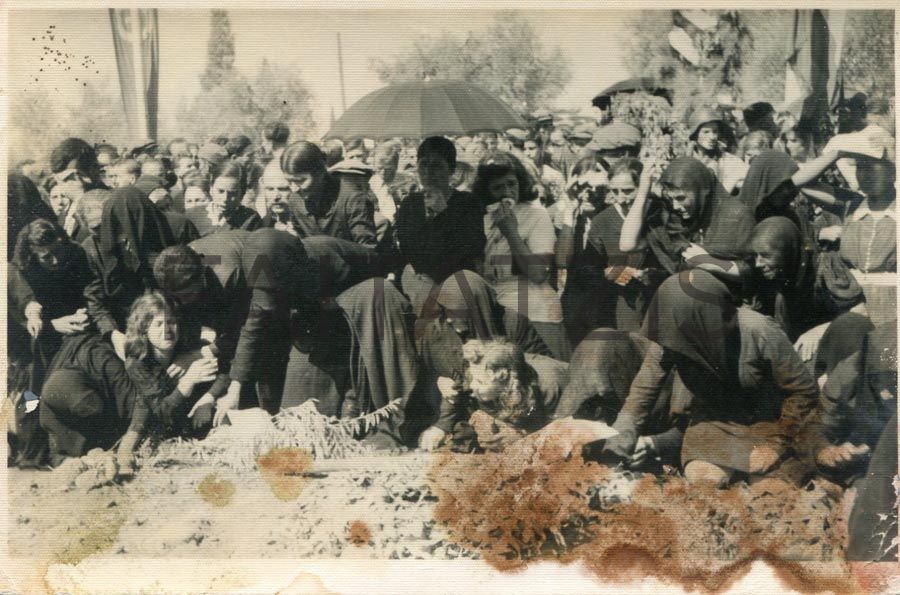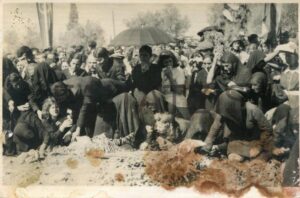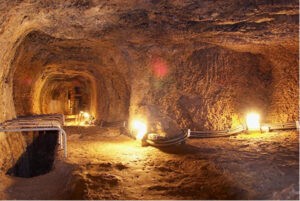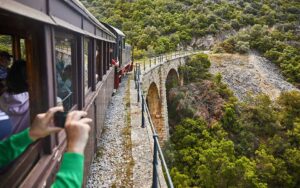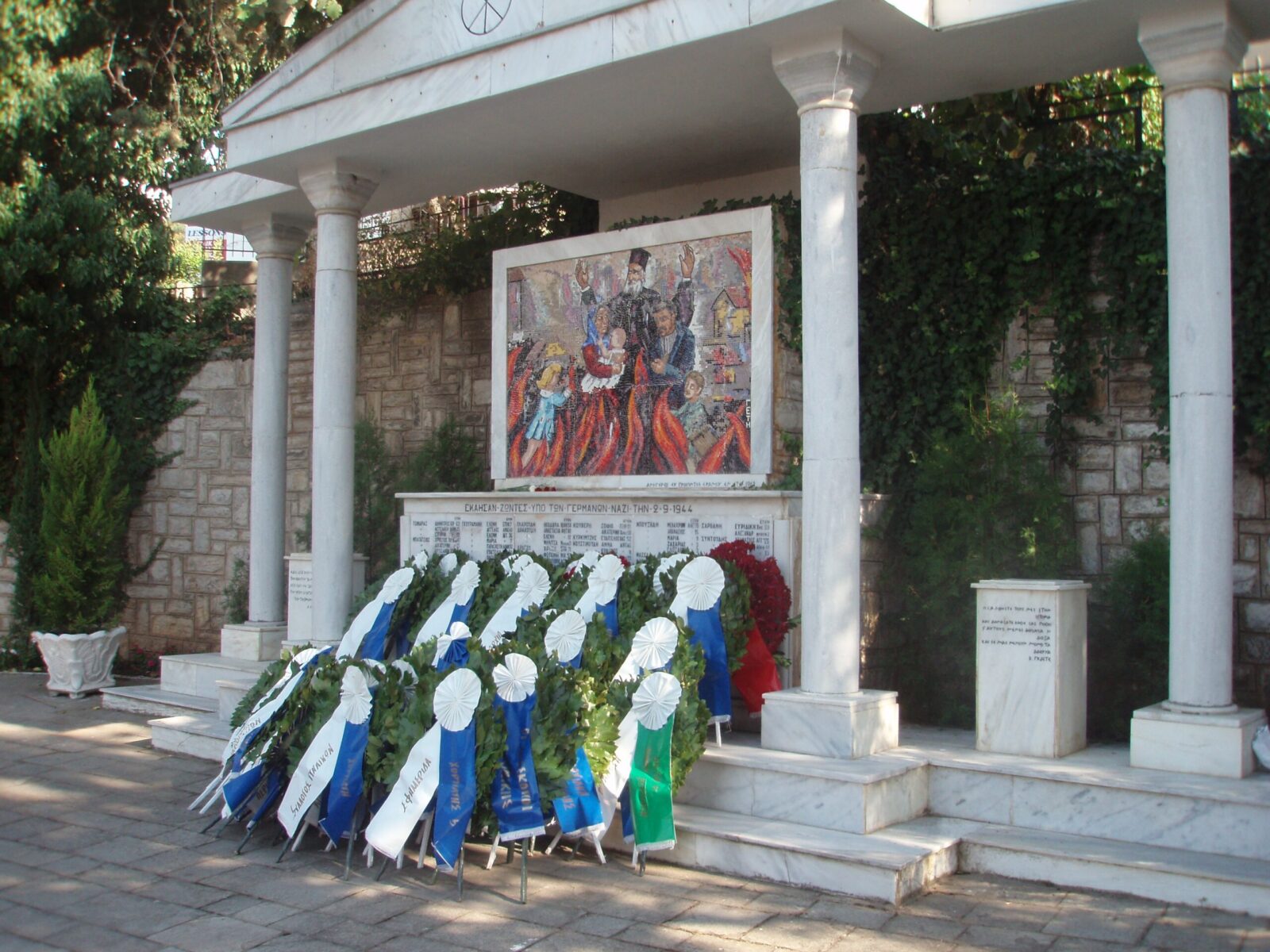
Nestled on the slopes of Mount Chortiatis, just east of Thessaloniki, lies the village of Chortiatis — a place whose serene natural beauty belies a harrowing chapter of history. Known widely for the Chortiatis massacre history, this village carries the weight of a tragic event during World War II that has shaped the memory and identity of the local community and the broader region.
The Chortiatis massacre history is not just a story of loss but a reminder of resilience and remembrance. This article explores the background, the tragic events of September 2, 1944, and how the village has commemorated its past while embracing its natural and cultural heritage.
The Village of Chortiatis: Beauty Amidst the Mountains
Chortiatis sits approximately 15 kilometers from Thessaloniki’s city center, perched on the foothills of its namesake mountain. Known for its lush pine forests, clean mountain air, and refreshing springs, it has long been a favored getaway for residents of the Thessaloniki urban area. Its unique location offers breathtaking views, hiking opportunities, and a rich natural environment.
Despite its tranquil setting, Chortiatis is forever marked in history books for a violent episode that took place during the Nazi occupation of Greece. The village became a scene of brutal retribution in one of the most tragic massacres in Greek history.
The Tragic Event: September 2, 1944
The Chortiatis massacre history began on a grim autumn day in 1944. During the Nazi occupation of Greece, the region around Thessaloniki was a hotspot of resistance activity. Local guerrilla groups, along with the civilian population, were active in opposing the Axis forces.
On September 2, 1944, Nazi forces executed a retaliatory massacre against the inhabitants of Chortiatis. In response to the killing of German soldiers by resistance fighters in the area, Nazi troops surrounded the village. They set homes ablaze and slaughtered many civilians, including women, children, and the elderly.
According to historical accounts from trusted sources like the Hellenic Ministry of National Defence, the massacre resulted in the death of over 146 villagers and the destruction of nearly all homes in Chortiatis. This brutal act was meant as a warning to deter further resistance but instead deepened the resolve of the Greek people to fight for freedom.
Remembering the Victims and the Village’s Resilience
The scars of the massacre remain visible even decades later, but the spirit of Chortiatis endures. Memorials and commemorative events take place annually to honor the victims and educate future generations about the atrocities that occurred.
One of the key memorials is the monument located in the village square, which serves as a poignant reminder of the lives lost and the importance of peace. Local schools and cultural organizations participate actively in preserving the Chortiatis massacre history through educational programs.
Visitors to Chortiatis can also explore the surrounding natural beauty, including the nearby Chortiatis National Park, which provides hiking trails and picnic areas amid stunning pine forests. This coexistence of tragedy and nature offers a profound experience that combines reflection and renewal.

Chortiatis Today: A Blend of History and Tourism
In recent years, Chortiatis has become an attractive destination not only for its history but also for its eco-tourism potential. The village offers mountain taverns serving traditional Macedonian cuisine, scenic viewpoints, and cultural festivals celebrating local heritage.
Local authorities have worked alongside organizations such as the Greek National Tourism Organization (GNTO) to promote responsible tourism that respects both the memory of the past and the environment.
How to Visit Chortiatis
Chortiatis is easily accessible from Thessaloniki by car or public transport. Visitors interested in learning about the Chortiatis massacre history can combine their visit with a tour of Thessaloniki’s WWII historical sites or the city’s museums, such as the Museum of the Macedonian Struggle, which contextualize the resistance movement in Northern Greece.
When planning a visit, consider scheduling it around September 2 to witness the annual remembrance ceremony or explore the village’s natural surroundings during spring and autumn for ideal hiking weather.
FAQ about Chortiatis Massacre History
Q1: What happened during the Chortiatis massacre?
A: On September 2, 1944, Nazi troops retaliated against the village of Chortiatis for resistance activity by burning homes and killing over 140 civilians, including women and children.
Q2: Why is Chortiatis important in Greek WWII history?
A: The massacre is a tragic symbol of Nazi brutality and Greek resistance during WWII, representing the suffering and resilience of the local population.
Q3: Are there memorials or museums about the Chortiatis massacre?
A: Yes, Chortiatis has a central monument dedicated to the victims, and regional museums like the Museum of the Macedonian Struggle in Thessaloniki provide historical context.
Q4: Can tourists visit Chortiatis today?
A: Absolutely. Visitors can explore the village, its memorials, natural parks, and enjoy traditional Macedonian culture and cuisine.
Q5: How can I learn more about WWII history in Northern Greece?
A: Trusted resources include the Hellenic Ministry of National Defence, regional museums, and the Greek National Tourism Organization, which provide detailed historical insights.


